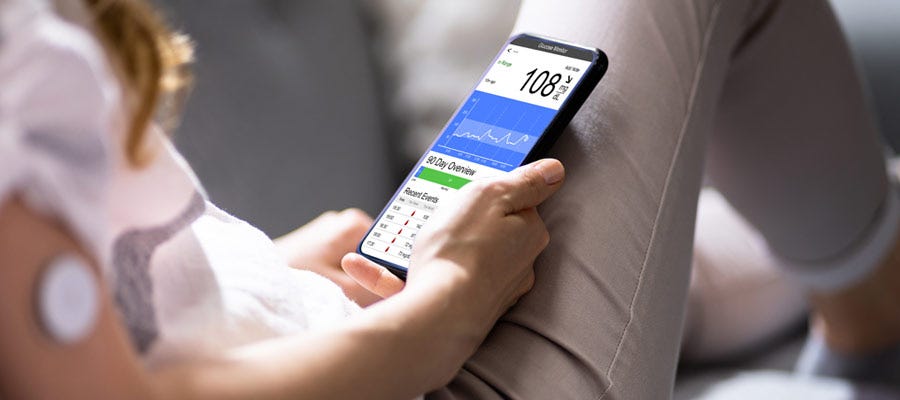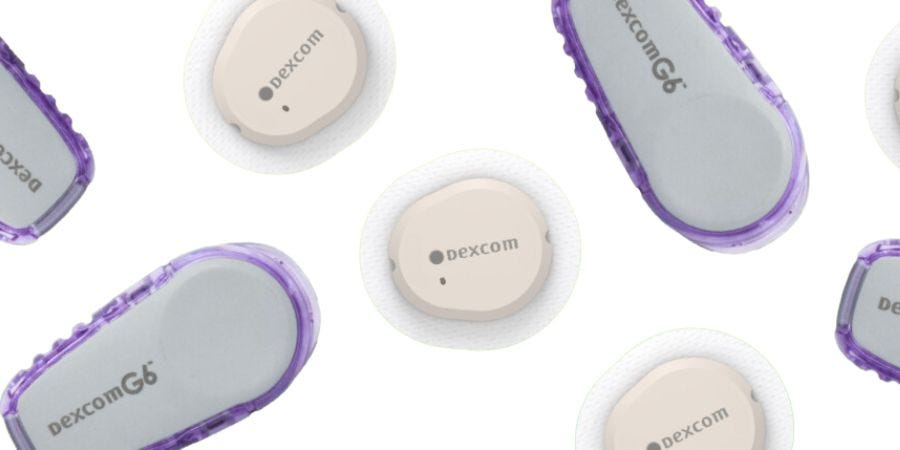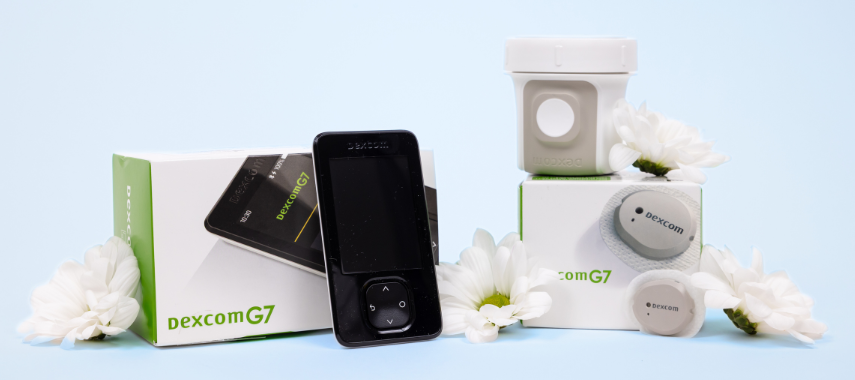Diabetes (diabetes mellitus) occurs when blood glucose levels are too high and cannot be regulated without the assistance of medication or insulin. Insulin is a hormone that helps the sugar in the blood enter cells where the sugar is converted into energy for the body to use; as a result, blood sugar levels decrease. There are two types of diabetes, type 1 and type 2. Both affect the body’s ability to regulate blood sugar and need to be managed to reduce the risk of developing life-threatening illnesses.
Type 1 Diabetes
Type 1 diabetes, also known as juvenile diabetes or insulin-dependent diabetes, occurs when the pancreas produces a limited amount of insulin or none at all. The body’s autoimmune response destroys the beta cells in the pancreas that are responsible for insulin production. An autoimmune disease is where the body’s immune system attacks healthy cells in the body and beta cells in the case of those with diabetes. The destruction of beta cells can happen over an extended time, sometimes years, before any symptoms appear. Type 1 diabetes is generally diagnosed in children and young adults but can affect people of all ages. Type 1 diabetes is less common, only affecting around 5-10% of those diagnosed with diabetes. Type 1 can be hereditary, so it’s important to consider your family history if you or your child are experiencing symptoms.
Managing Type 1 Diabetes
Type 1 diabetes requires lifelong glucose monitoring and insulin use, either daily injections or an insulin pump, to manage blood sugar levels. Regular visits to a healthcare provider are also necessary to evaluate the treatment plan and make recommendations. Those with Type 1 may need to count their carb and protein intake and avoid foods high in sugar to maintain a healthy weight. Mismanaging Type 1 diabetes can result in diabetic ketoacidosis (DKA). In this dangerous condition, there is a build-up of ketones from the liver breaking down fats for fuel when there is not enough insulin in the body.
Type 2 Diabetes
According to the Centers for Disease Control (CDC), more than 34 million people live with type 2 diabetes. People diagnosed with type 2 are insulin resistant, where the body’s cells do not respond normally to insulin. This resistance causes the pancreas to produce more and more insulin to get the cells to react and use the sugar in the blood. As the pancreas tries to keep up with the increased need for insulin, eventually, it cannot keep up with the demand, and the levels of sugar in the blood begin to rise. Depending on the severity, high blood glucose levels are an indication of either prediabetes or Type 2 diabetes.
Type 2 diabetes used to be known as, adult-onset diabetes, but with childhood obesity on the rise, more children and adolescents develop the condition earlier in life. Women who experienced gestational diabetes while they were pregnant are also at risk of developing type 2 diabetes.
Managing Type 2 Diabetes
A healthcare provider will determine the correct diabetes treatment based on your specific needs, but in some cases, type 2 diabetes can be managed with medication and a few lifestyle changes. Physical activity increases the body’s sensitivity to insulin which can help reduce the need for insulin injections or an insulin pump. A healthier diet that is lower in carbohydrates also promotes a healthy body weight which can help with insulin resistance. Meal planning can be a helpful way to maintain a healthy lifestyle and avoid foods that can cause high blood sugar. In some cases, insulin injections will be needed to help manage blood glucose levels. Managing type 2 diabetes is crucial as those with diabetes are at a higher risk of developing kidney disease, heart disease, and high blood pressure.
Symptoms of Diabetes
Symptoms commonly associated with diabetes include:
- Feeling unusually thirsty or hungry
- The need for frequent urination
- Feeling overly tired
- Sudden weight loss
- Blurry vision
- Numbness in the hands or feet
- Infections
Diabetes Testing
Testing for diabetes involves one or more blood tests to evaluate blood sugar levels. A healthcare provider will determine which tests are necessary to make a proper diagnosis.
Blood Sugar Test
This test measures the amount of sugar in the blood. Blood sugar over 200mg/dl would be an indicator of diabetes.
A1C Test
Also known as estimated average glucose (eAG), measures a person’s average blood sugar level over 2 to 3 months. This test helps diagnose prediabetes and diabetes and is an excellent indicator of how well a patient manages their condition. A1C results are shown as a percentage; the higher the percentage, the higher the patient’s average blood sugar over the measurement period. According to the American Diabetes Association, a normal A1C is 5.7% or less. Those with diabetes typically have an A1C over 6.5%, and prediabetic patients fall in the middle.
Fasting Blood Sugar Test
A blood sugar test that is taken after an 8 hour fast. These tests are typically taken in the morning after the person has fasted overnight. A fasting blood sugar level over 126mg/dl would indicate that the person has diabetes.
Glucose Tolerance Test
A test that measures blood sugar levels a few hours after drinking a drink containing glucose. This test is typically conducted after the fasting blood sugar test to compare the results.
References
Type 2 Diabetes,Centers for Disease Control and Prevention
Diabetes Fast Facts, Centers for Disease Control and Prevention
Information provided on the Aeroflow Diabetes blog is not intended as a substitute to medical advice or care. Aeroflow Diabetes recommends consulting a doctor if you are experiencing medical issues or concerns.






